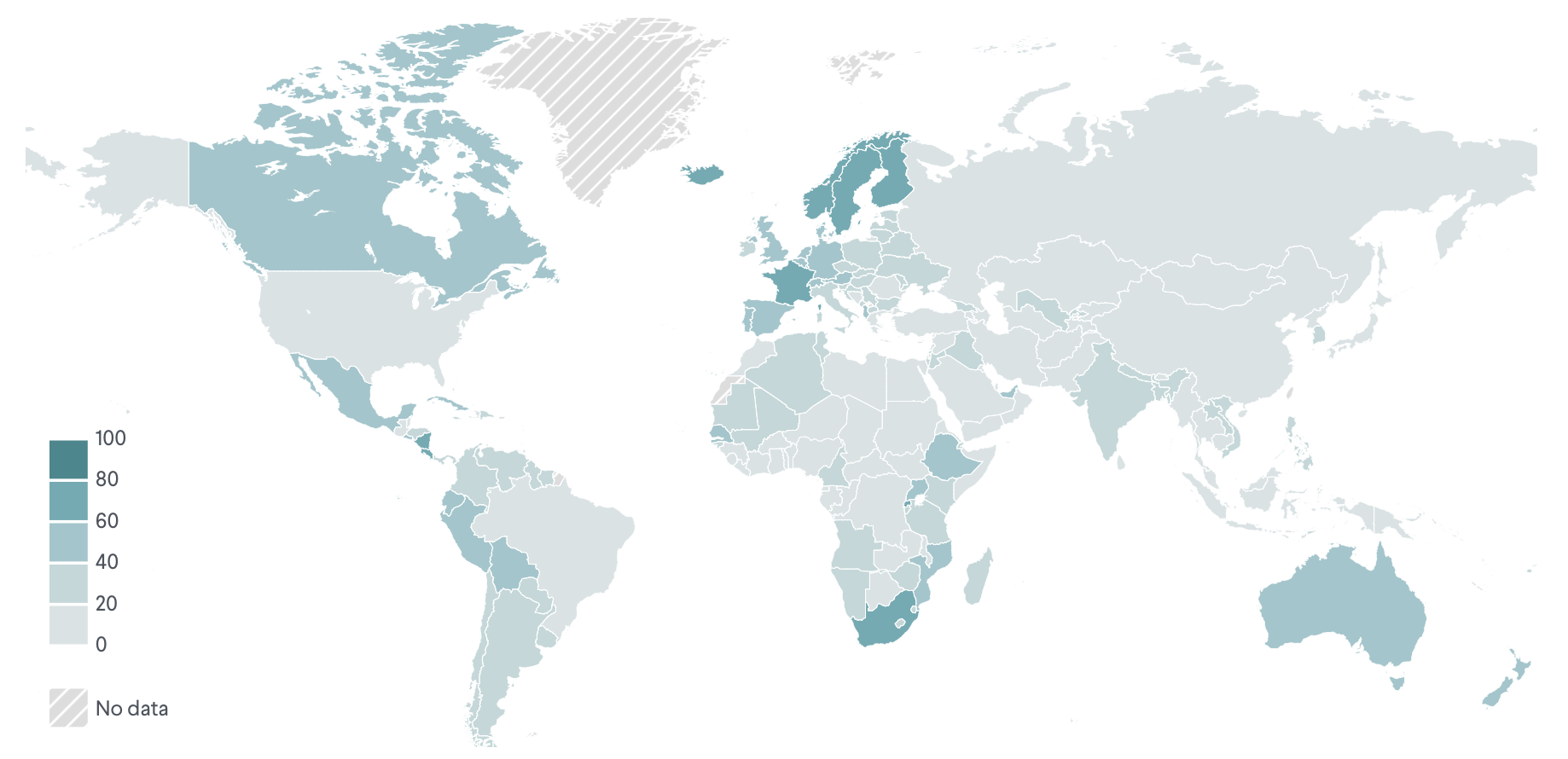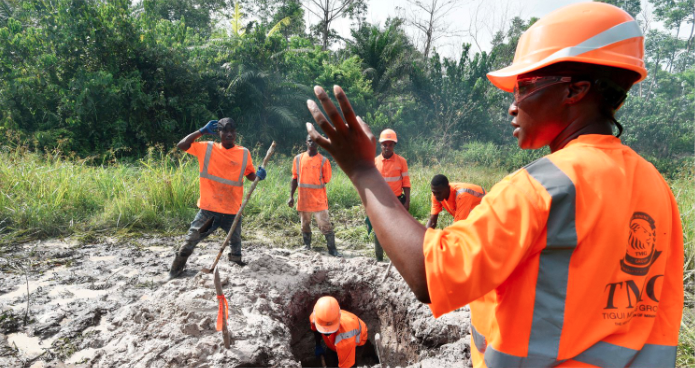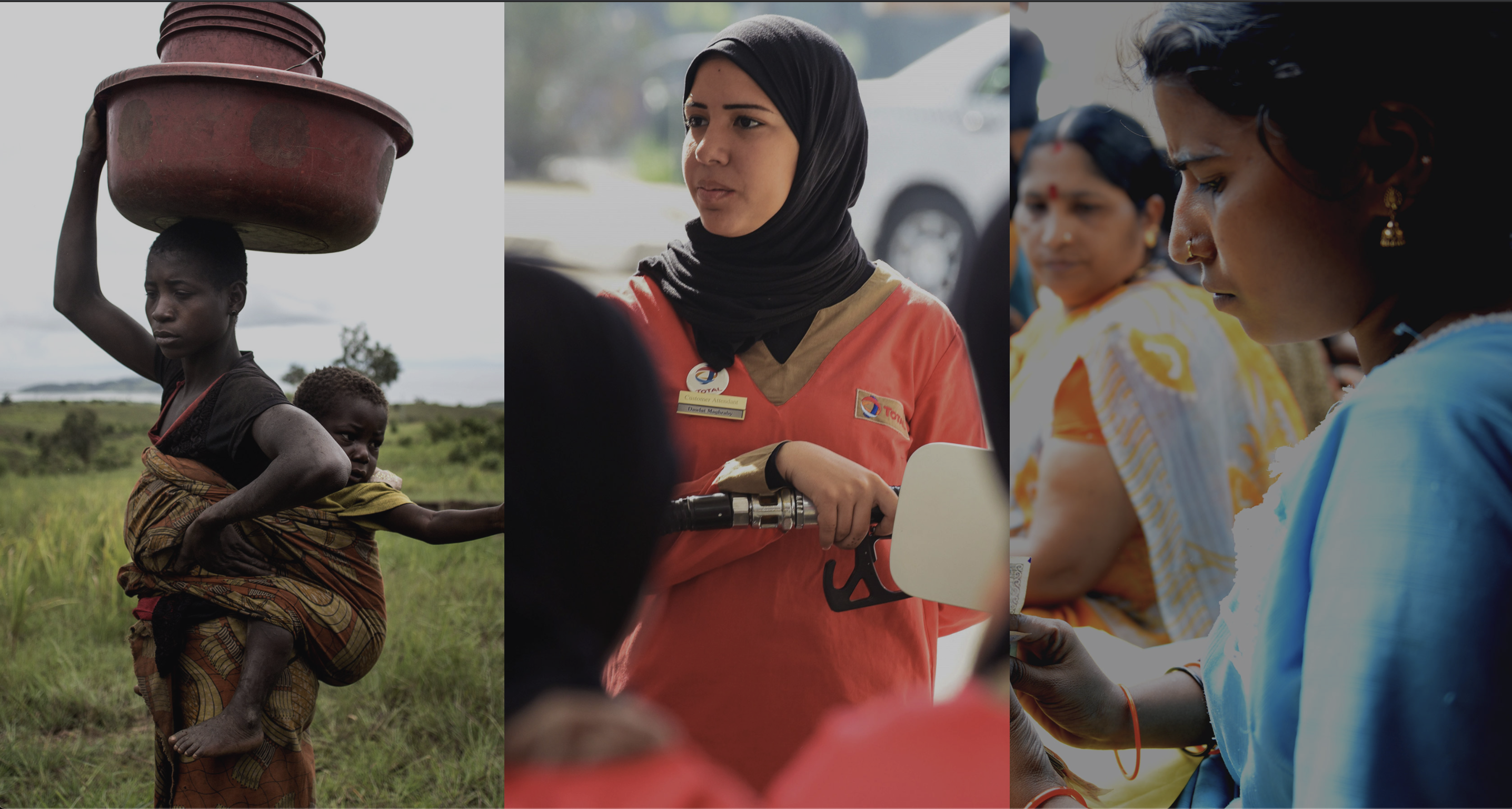Women have largely been excluded as peace negotiators in the ongoing conflict between Russia and Ukraine. Two women, Iryna Gerashchenko and Olga Ajvazovska, joined Ukraine’s delegation to the Minsk peace talks in 2014 and 2015; Russia sent an all-male delegation. Heidi Tagliavini, representing the Organization for Security and Cooperation in Europe (OSCE), and Angela Merkel, then-chancellor of Germany, were present in mediation and third-party roles. Women have not played a meaningful role in the intermittent peace talks that have taken place since Russia’s full-scale invasion of Ukraine in February 2022.
Since joining the 2013 Euromaidan protest movement in large numbers, which began when then-Ukranian president Victor Yanukovych elected to strengthen ties with Russia instead of the European Union, women have played a powerful role in Ukrainian civil society and spearheaded relief efforts. Women-led organizations continue to help fund and supply the Ukrainian military; provide medical care, food, and social services to the large internally displaced population; and have facilitated dialogues between ethnic Ukrainian and Russian groups on the margins of formal negotiations. They have also worked to document atrocities committed by Russian forces.
The crisis in Ukraine began in November 2013 with protests over Ukrainian President Viktor Yanukovych’s rejection of a deal for increased economic integration with the European Union. A violent crackdown by state security forces spurred greater support for the pro-Western Euromaidan protest movement. In February 2014, President Yanukovych fled to Russia in the face of mounting protests, at which point Ukraine’s parliament removed him from office. In response to the Ukrainian revolution, Russian troops—in violation of international law—annexed Ukraine’s Crimean Peninsula in March 2014. This invasion incited pro-Russian separatists in two eastern Ukrainian territories, Luhansk and Donetsk, to declare independence from Ukraine. In late February 2022, Russian President Vladimir Putin announced a “special military operation” and launched a full-scale invasion of Ukraine. UNHCR estimates that at least 8,500 deaths have occurred since February 2022, and that an additional 14,000 people have been injured, although the actual figures are likely much higher. The International Organization for Migration estimates that as of January 2023 there were approximately 5,300,000 people internally displaced within Ukraine; roughly 60 percent of the adult population in this group is estimated to be female. Millions of others have fled abroad and there are an estimated eight million refugees in Europe alone. With martial law in place for men between the ages of eighteen and sixty, 90 percent of these refugees are women and children.
Peace negotiations to date have failed to resolve this crisis [PDF]. The first deal, known as the Minsk Protocol, was signed in September 2014 between the Trilateral Contact Group—Russia, Ukraine, and the OSCE—but it only temporarily reduced fighting. The second deal, negotiated in 2015 between France, Germany, Russia, and Ukraine (known as the Normandy Four), laid out a cease-fire plan and a series of measures to resolve the conflict. While this agreement helped to end large-scale battles, regular skirmishes persisted. Additional talks in 2019 and 2021 concluded with limited progress. Meaningful peace talks have failed to materialize since the conflict escalated into a full-scale invasion in 2022, although the parties did come to an agreement regarding trade exports via the Black Sea.
Women have been largely excluded as peace negotiators, and civil society organizations have been shut out of official processes. Between 2014 and 2019, Ukraine sent at least ten men but only two women—Iryna Gerashchenko, the government’s humanitarian envoy, and Olga Ajvazovska, a civil society leader—to peace talks as delegates; Russia sent none. Women have been more present in mediation and third-party roles, with Heidi Tagliavini and Heidi Grau, diplomats representing the OSCE, serving as lead moderators of the Trilateral Contact Group and German Chancellor Angela Merkel participating in the Normandy Four talks.
Civil society organizations led by women have been active outside of official channels, advocating for women’s welfare, providing critical services to civilians in war zones, and conducting peace-building dialogues between ethnic Russian and Ukrainian communities. As domestic violence rose near conflict zones, women’s activists successfully lobbied Ukraine’s parliament in 2017 to enact legislation criminalizing domestic violence and establishing resources for victims. Women-led organizations also provide services to Ukraine’s internally displaced population of 5,300,000, nearly 60 percent of whom are women. They have also worked to document Russian war crimes against civilians. The Ukrainian Center for Civil Liberties, headed by Oleksandra Matviichuk, was awarded the 2022 Nobel Peace Prize for its work.
In a country where women once seldom had the chance to serve in uniform, women now compose a significant percentage of Ukraine’s reformed police force. In 2016, Ukraine repealed a ban on women serving in combat roles, and in 2022 all military roles were opened to women. Approximately sixty thousand women are now serving in Ukraine’s military, including in front-line units. Some have been taken as prisoners of war by Russian forces.
- Women
- Men
women
women
Despite largely being excluded from formal talks, Ukrainian women have made important contributions to promote reform and help secure peace.
Stage mass action. Women helped lead the Euromaidan protests, which were responsible for challenging authoritarian practices and ushering in a more progressive government. Women participated in all aspects of the movement: peacefully marching, providing care and legal support to those on the barricades, and fighting back. “Women’s Squads” organized marches, Facebook groups for collective action, and self-defense classes. Female protest leaders demanded that the government embrace a European future, successfully highlighted the Yanukovych administration’s corruption and lack of accountability, and fought to ensure the new government reflected protesters’ demands. Women’s roles in the protests increased public support for their political participation and empowered female legislators—especially those who had participated in the movement—to demand greater support for gender equality from their male colleagues. Women have played an equally important role since Russia’s 2022 invasion. Immediately after the fighting began, Ukrainian women launched a petition advocating for women to be incorporated into the peace and security processes as outlined in UN Security Council Resolution 1325. More than fifty thousand Russians signed the anti-war petition.
Work across lines. Women leaders brought together civil society leaders from Ukraine and Russia to build trust and peace through dialogue. Women of the Don Union, a Russian women’s organization, organized a “shadow session” for Russian and Ukrainian nongovernmental organizations on the margins of the Minsk meetings and developed a peace-building platform that included humanitarian assistance and prisoner exchanges. The International Center for Policy Studies convened women’s activists from affected regions to support implementation of the Minsk Protocol, and the Regional Women’s Peace Dialogue connected women across southern and eastern Europe and Central Asia to share experiences and best practices to support ongoing regional peace processes. A network of organizations used theater, festivals, and other activities to connect internationally displaced populations with their host communities.
Since the war, women have played a critical role in calling on the international community to support Ukraine’s autonomy. The Center for Civil Liberties has worked to create a cross-border resource center to promote democratic ideals in addition to its work exposing Russian human rights abuses in Ukraine. Additionally, the International Center for Ukrainian Victory in Warsaw, established by former Ukrainian MP Hanna Hopko, has leveraged international influence to support the war effort.
Supplement local government work. Women volunteers are the majority of humanitarian aid and service providers in Ukraine, and are often the first on the ground to provide humanitarian assistance and deliver lifesaving supplies to displaced persons in the disputed territories. During the 2014 conflict in Crimea, women’s brigades organized campaigns to supply the protestors with food, funds, and equipment. The Ukrainian Women’s Fund, working with international donors such as UN Women, trained women to run for office, mobilized internally displaced persons to interact more with their host communities, and educated women in the disputed territories on how to incorporate human rights and gender equality approaches into local and regional decision-making processes. In spite of their small size and lack of visibility, women-led nongovernmental organizations [PDF] have provided a disproportionate amount of medical aid, basic supplies, training, and security to the victims of the Ukrainian conflict. At the onset of the 2022 invasion, Ukrainian women provided critical relief efforts when international aid organizations struggled to deliver. While facing an increase in gender-based violence, women stepped in to fill the loss of many services in their communities while simultaneously often facing increased responsibilities at home. Communities of women have organized to provide services from teaching, translation, and childcare to mental and reproductive health.
“The women’s civil society is the glue that is holding communities together.”
—Oksana Potapova, Ukrainian peace activist






